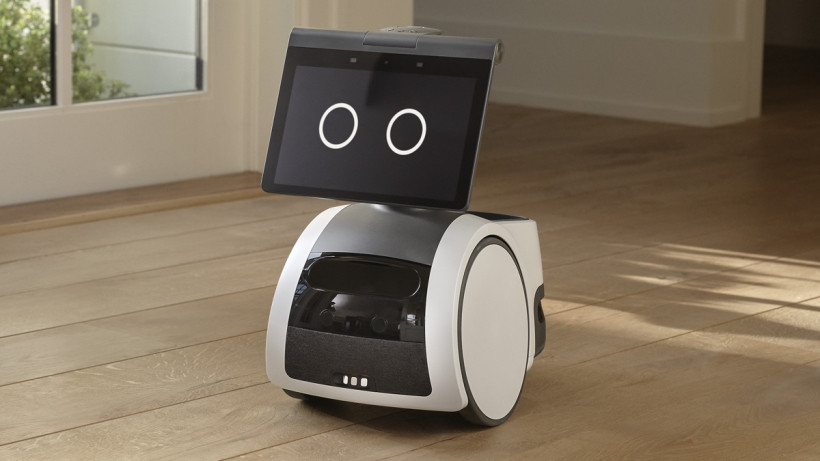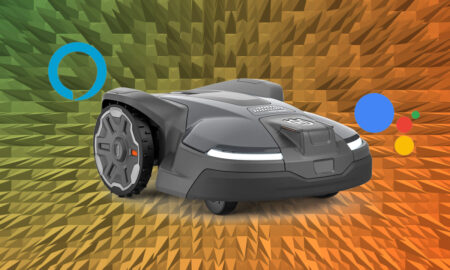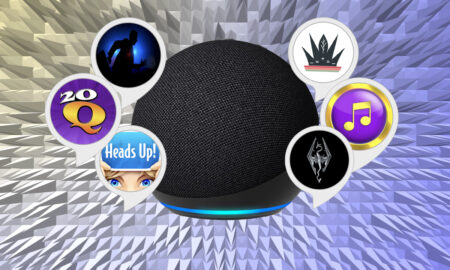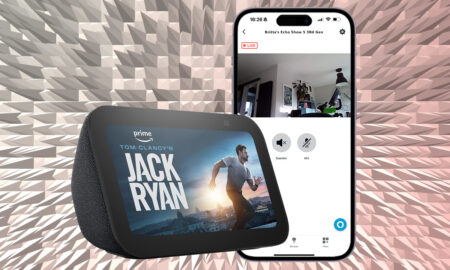Amazon wants this robot to patrol your house
Announced at the big September 2021 launch event, Amazon’s Astro is the most ambitious and eyebrow-raising member of the Alexa family. It’s a semi-autonomous robot that will drive itself around your home.
Unlike Amazon’s wide range of smart speakers and smart displays, though, this one isn’t priced to be within reach of most families.
An Amazon Astro will cost $1,449.99, although the first batch will sell for $999.99 to encourage early adopters. Amazon says the first units will ship in the US “later this year”.
Your first thought maybe, “what can it do?”
An Amazon Astro does not have robot arms, so for now at least it is a little like an Amazon smart screen that can move around the house. There is more to it, though.
The Amazon Astro has a periscope camera that extends up to 42-inches from the floor. A 12-megapixel camera with a 132-degree field of view sits on top of this telescopic mount.
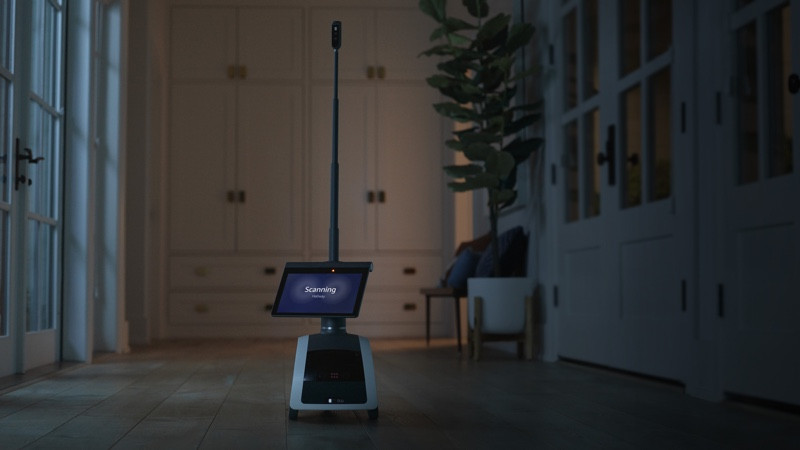
This allows you to see parts of your house, even when you are not there, that would not be visible from Astro’s other camera. That’s a 5-megapixel cam, which sits above the display — Astro’s face.
The rear part of the Amazon Astro is a little like a flatbed truck. There’s a storage section around the back, and inserts let you use it to store and transport random items, or drinks.
Astro can hold up to 2kg of stuff, although you can expect YouTube videos to appear testing this limit before 2021 is done.
Home navigation
Its internal smarts are a little like those of a smart vacuum cleaner. An Amazon Astro has depth and infrared sensors it uses to map out your home using simultaneous localization and mapping (SLAM) tech.
Amazon also says it is capable of dealing with new objects in real-time, like an obstacle course of kids’ toys that changes from one day to the next.
“Building Astro required that we innovate to solve very hard scientific challenges. Chief among them was how to make sure Astro was able to move autonomously around the house,” says Charlie Tritschler, Vice President of Amazon’s Products division
There’s Visual ID, which lets it recognize members of the household. It can alert you of any “intruders” in your home, and works with Amazon’s Ring home security system to this end.
As this is not the full-on domestic robot of dystopian sci-fi films, you have to think a little about how you might use an Amazon Astro.
It could be a way to check up on elderly relatives, who may or may not hate the idea of a robot following them around.
You could talk to an anxious dog while at work, who may or may not try to destroy your Astro. It could follow you around while playing a podcast. Or it could take a beer to a lazy partner while you do the cooking.
Real-world applications for Astro are likely to increase as accessories are introduced, which may plug into the USB-C port on the robot’s rear.
Amazon Astro specs
The roughly 9kg Amazon Astro can roam around on its 12-inch diameter wheels for two hours before needing a recharge. And like a robot vacuum it will return to its charge dock when required. A charge takes around 45 minutes.
An Astro can move at around one metre per second, or ~2.2 miles per hour, and there are five motors inside. Each wheel gets one, a third manages the periscope camera and the final two tilt and twist the 10.1-inch display.
This is a 1280 x 800 pixel screen, comparable with the likes of the Echo Show 10.
Screen animations of cute robot eyeballs will be used to give the Astro an approximation of a personality, a little like Anki’s Cozmo robot toy.
These will be accompanied by sounds from a speaker system that sits under the display. It uses two active drivers and a passive radiator, so should be able to provide sound similar to that of a decent Bluetooth speaker.
Amazon says much of the Astro’s location mapping and face recognition happens on-device, powered by Qualcomm processors. But this at least in part for practical reasons. Privacy is as much a consideration here as it should be when buying any other Alexa-based device.
You can’t order an Amazon Astro right now but the first invitations to purchase will go out in the US later this year. As mentioned earlier, initial units will cost $999.99 before the price rises to $1,449.99


